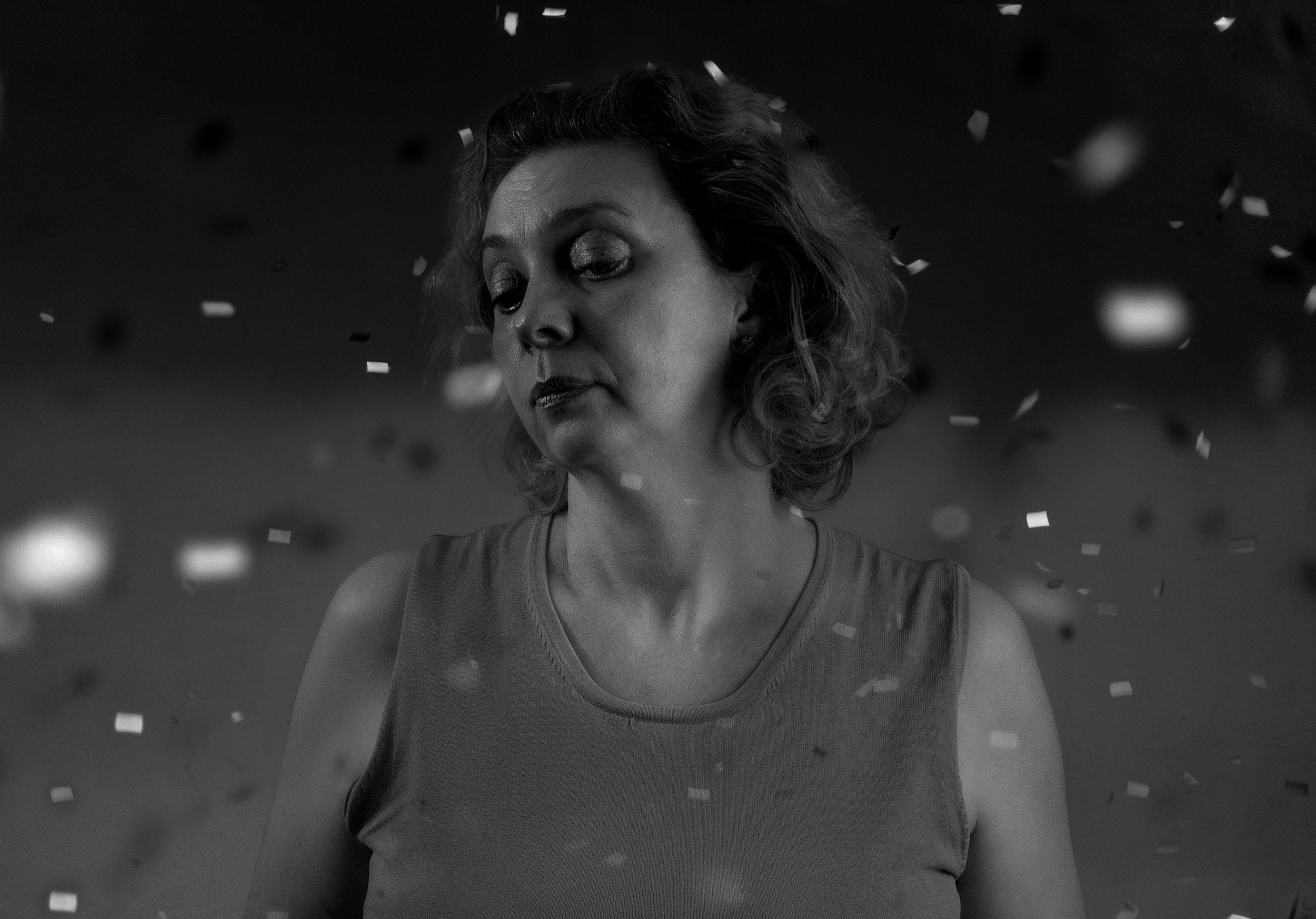
BLOG
- Attachment Issues
- Coronavirus
- Couples Therapy
- Extramarital Affairs
- Family Life and Parenting
- How to Fight Fair
- Inlaws and Extended Families
- Intercultural Relationships
- Marriage and Mental Health
- Married Life & Intimate Relationships
- Neurodiverse Couples
- Separation & Divorce
- Signs of Trouble
- Social Media and Relationships
- What Happy Couples Know
Safe Mode vs. Flexible Mode in Autism
Understanding the different states that autistic people navigate—often called "safe mode" and "flexible mode"—can be a transformative approach for caregivers, educators, and friends alike.
These states aren’t rigid; they represent adaptive ways that autistic people respond to the world, based on their environment, sensory input, and sense of safety.
Identity Reconstruction and the “Late Autism Diagnosis Effect”
A later-in-life autism diagnosis can prompt a significant identity shift.
Research highlights that adults diagnosed with autism often engage in “retrospective re-evaluation,” where they revisit and reinterpret past experiences through an autism lens (Leedham et al., 2020).
This can lead to a cascade of emotions: relief at finally understanding oneself, grief for past misunderstandings, and often a period of disorientation as they reconstruct their identity with this new knowledge.
Studies show that folks with a late autism diagnosis may experience a form of “identity crisis” as they come to terms with the ways autism has shaped their interactions, experiences, and self-concept (Tan, 2018).
This re-evaluation can be empowering but also mentally exhausting as it often means questioning years or decades of one’s life narrative.
Neurodiverse Queer Memes: Finding Joy, Humor, and Connection at the Intersection of Queer and Neurodivergent Identities
In the wonderful world of internet culture, memes bring people together in relatable, sometimes hilariously specific ways. And if you’re someone who identifies as both neurodivergent and queer, you know that these intersections come with their own set of quirks, challenges, and joys. Enter the “gay neurodiverse meme”—a growing corner of the meme universe where being both queer and neurodivergent is not only celebrated but downright hilarious. These memes capture the nuances of LGBTQ+ neurodivergent life, where sensory overload, literal thinking, and the quest for social belonging all play out in technicolor, with equal parts humor and heart.
Omega-3 and Cognitive Health: Reflections on 24 Years of Taking This Brain Booster
I have a little confession: I’ve been faithfully on a heavy omega-3 supplementation regime for over 20 years.
It started as a simple habit, but over time, I began to see the benefits—not only in my physical health but also in how sharp and clear my mind felt.
So when I came across new research that links omega-3 intake with better cognitive health in older adults, I felt a wave of validation (and a bit of pride!) that my long-standing commitment to omega-3s might actually be doing my brain some good.
This recent study, published in The International Journal of Psychiatry in Medicine, looked at data from a nationwide health survey to explore how omega-3s might influence cognitive abilities in older adults. And the results?
Encouraging.
Those with higher omega-3 intake performed better on cognitive tests, which suggests that omega-3-rich foods—like fish, flaxseeds, and walnuts—could have a positive effect on our minds as we age.
The Coke Bottle Effect: Understanding Emotional Build-Up in Neurodiverse Folks
The "Coke bottle effect" is a powerful analogy that resonates within the neurodiverse community, particularly among those with Autism Spectrum Disorder (ASD) and ADHD.
This term captures a common experience: the build-up of emotions, sensory reactions, and unexpressed thoughts, much like a shaken soda bottle that’s ready to explode.
When internal pressure from perpetual masking becomes too intense, it often leads to an emotional outburst, sometimes unexpectedly.
By exploring this effect, we can gain a deeper understanding of the unique challenges neurodiverse folks face—and learn ways to support healthy emotional release.
This post will delve into why the Coke bottle effect is especially common in the neurodiverse community, its manifestations, and research-backed strategies to manage this buildup.
By embracing the metaphor of the Coke bottle effect, we can all work toward creating environments that foster empathy and provide safe outlets for emotional expression.
7 Traits of Folks Who Have Suffered Too Much
Life’s most profound hardships are often those that leave invisible marks.
People who have endured extensive suffering often emerge with distinct personality traits and psychological insights that reflect both resilience and the challenges of coping with prolonged adversity.
Psychologists studying post-traumatic growth (PTG)—a concept exploring positive transformations following trauma—have identified ways in which suffering can permanently shape one’s character.
Here, we delve deeply into seven traits often seen in those who have endured significant hardship, exploring not only the ways these traits develop but also the science behind them.
5 Signs You Are Healing from Narcissistic Abuse
Healing from narcissistic abuse can feel like untangling from invisible chains that have held you back emotionally, psychologically, and even physically.
This form of abuse, which often involves manipulation, gaslighting, and an erosion of self-worth, can leave deep and lasting scars.
But with time, support, and self-compassion, you can begin to see signs of healing. These signs reflect not only personal growth but a powerful reclaiming of autonomy and self-trust.
In this post, we’ll explore five nuanced, research-backed indicators that reveal you’re healing from the complex trauma of narcissistic abuse.
White Knights vs. Black Knights: Understanding Pro-Social and Anti-Social Narcissism in Relationships
As a marriage and family therapist, I’m constantly exploring narcissistic personality traits within the context of relationships.
While narcissism is often seen as a challenge, it’s surprisingly varied.
To understand these distinctions, narcissistic adaptations as characterized as either pro-social (our “White Knights”) or anti-social (our “Black Knights”).
This model, inspired by classic archetypes, helps us consider how narcissists might influence relationships—some for good, others with more destructive tendencies.
The Neurodivergent Devil’s Dictionary
Welcome to The Neurodivergent Devil’s Dictionary, a whimsical guide to the mind's most wonderful quirks and complexities.
Herein lies a few mischievous definitions, where the terms are familiar but the meanings spin with neurodivergent charm.
Imagine a dictionary reassembled by a troupe of unruly neurons, each one eager to add a bit of mischief, a touch of magic, and a dash of defiance to every definition.
Here, you’ll encounter words that shapeshift under the lens of ADHD, autism, dyslexia, and beyond, where "routine" means anything but, and "focus" is more like a feisty game of hide and seek.
Let visit a world where every neurodivergent experience finds its fitting twist, weaving humor, truth, and perhaps a bit of mischief into each entry.
Are We Really Playing Who We Want to Be? New Research on Female Video Game Characters Unmasks a Quirky Reality
Ever wonder why so many female gamers choose to play as characters that don’t quite match their ideals?
Why, even while grumbling about unrealistic beauty standards, they’re opting for those sultry, scantily clad warriors?
It turns out, recent research has taken a dive into this paradox and brought up some fascinating insights.
The findings might make you question: are we genuinely aware of our preferences, or are we just stuck in a loop of prepackaged ideals?
Here’s a look into the strange reality of choice in video game characters and how these preferences may affect perceptions of femininity, strength, and—surprisingly—identity.
12 Essential Tips for Neurodivergent Parents: Practical Guidance for Supporting Neurodiverse Kids
Parenting as a neurodivergent individual comes with unique challenges and opportunities, especially when raising neurodivergent children.
With thoughtful strategies, neurodivergent parents can build a nurturing environment that respects both their children’s needs and their own.
This post offfers 12 research-backed tips for neurodivergent parents, designed to foster understanding, confidence, and resilience.
What Are Transition Objects for Autism?
Transitions can be challenging for anyone, but for kids with autism, shifting from one activity or environment to another can be especially overwhelming.
Transition objects and sensory tools offer a practical and comforting way to ease these changes, creating a sense of predictability and security.
Whether it’s a favorite toy that brings comfort or a visual timer that makes time tangible, these tools provide valuable support for managing the sensory and emotional demands of the day.
Let’s explore how transition objects, sensory tools, and simple routines can make life smoother and more enjoyable for kidos on the autism spectrum.











